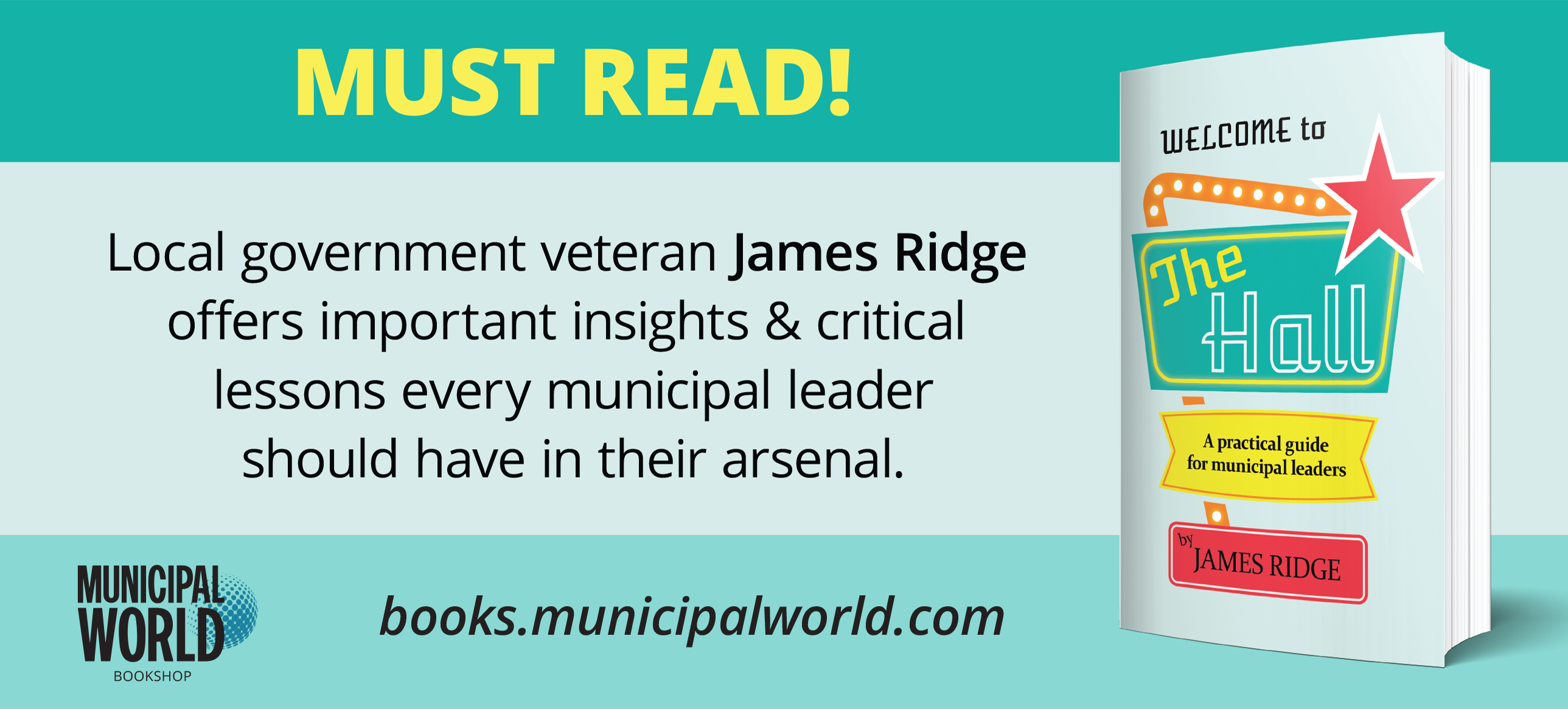A straight path to the circular economy

Sponsored by Circular Innovation Council
Public procurement and public policy interests of governments should be linked. Procurement functions as the safeguard of trust between taxpayer interest and government spending. It manages the public purse with a determined focus on high value and low risk. Unfortunately, in this context, value is usually defined by the lowest purchase price. This traditional transactional approach stifles innovation and is stuck in reverse.
Canadian governments collectively spend upward of $200 billion annually on goods and services. Eighty percent of that is dispersed at the municipal level. At the same time, more than 500 of those municipalities have declared a climate emergency. Simply connecting the immense leverage governments have through procurement to drive environmental and social outcomes in a circular economy is an opportunity that must be prioritized.
Untapped Potential of Procurement
The link between purchasing and climate protection has largely been untapped. The criteria used in public procurement confines vendors to product and service specifications. Instead, it should focus on valued outcomes.
We must shift procurement requirements to align with key circular economy principles by considering simultaneous environmental and social outcomes to support climate-forward markets and progressive vendors. Circular procurement also focuses on the function of a product rather than its utility. And, by using circular economic business models – access over ownership and product as a service – it can:
- inspire a response to our most pressing economic, environmental, and social issues;
- address the value and risks that drive today’s procurement decisions;
- become the primary tool that offers tangible benefits;
- reduce liability by keeping ownership and depreciating assets with suppliers;
- eliminate maintenance and end-of-life management costs of products; and
- strengthen relationships by aligning objectives with vendors.
Circular business models also provide an opportunity to facilitate partnerships between large vendors and small- to medium-sized enterprises to support ongoing service requirements. And, by forgoing ownership, suppliers retain incentive to offer durable products that are designed to be reused and recovered.
Growing Recognition of Public Procurement
Many living examples of circular procurement in action were presented at the 2021 Circular Procurement Summit. The summit showed movement away from transactional and toward transformational procurement. It also showed that circular procurement is becoming central to progressive governments.
Embedding circular procurement requires patience and thoughtful leadership. Buy-in does not occur in a vacuum. However, once key government functions and suppliers understand the benefits, we will all wonder why the shift did not happen sooner.
For more information on circular business models, visit CircularProcurement.ca.
✯ Municipal World Insider and Executive Members: You might also be interested in Alex Chapman’s article: Joining forces to take on the climate beast.
Jo-Anne St. Godard is Executive Director of the Circular Innovation Council (formerly the Recycling Council of Ontario).
Related resource materials:



